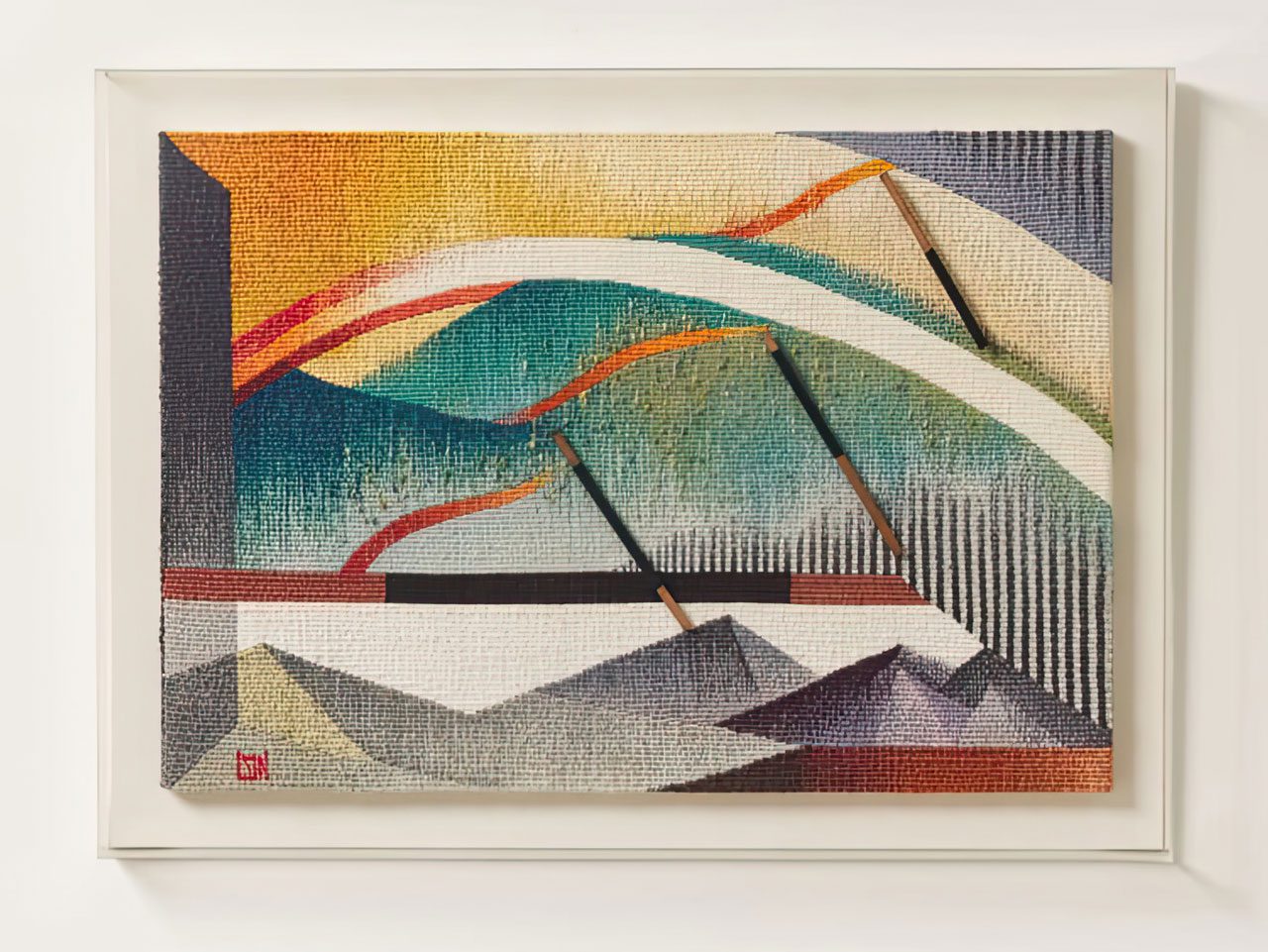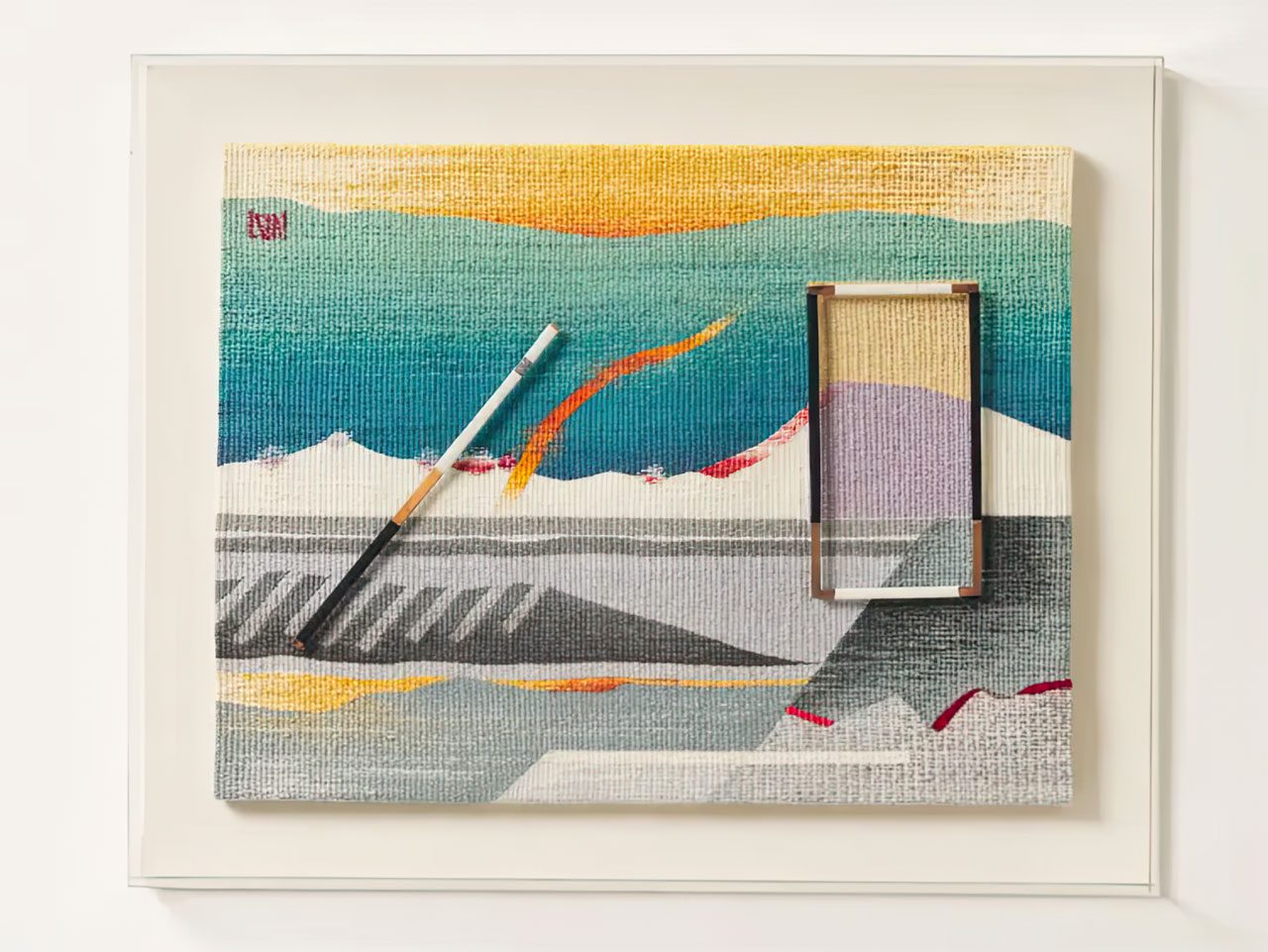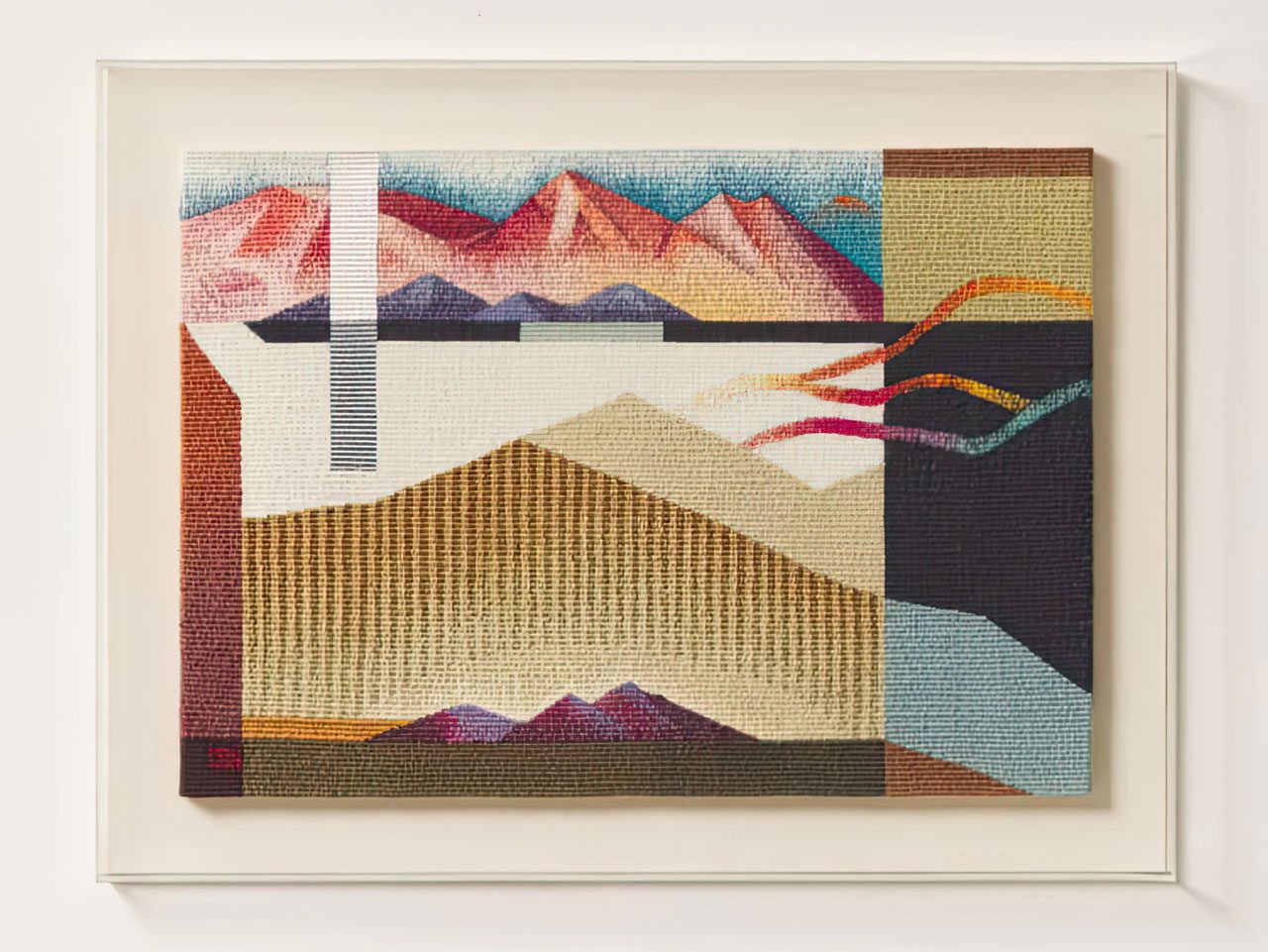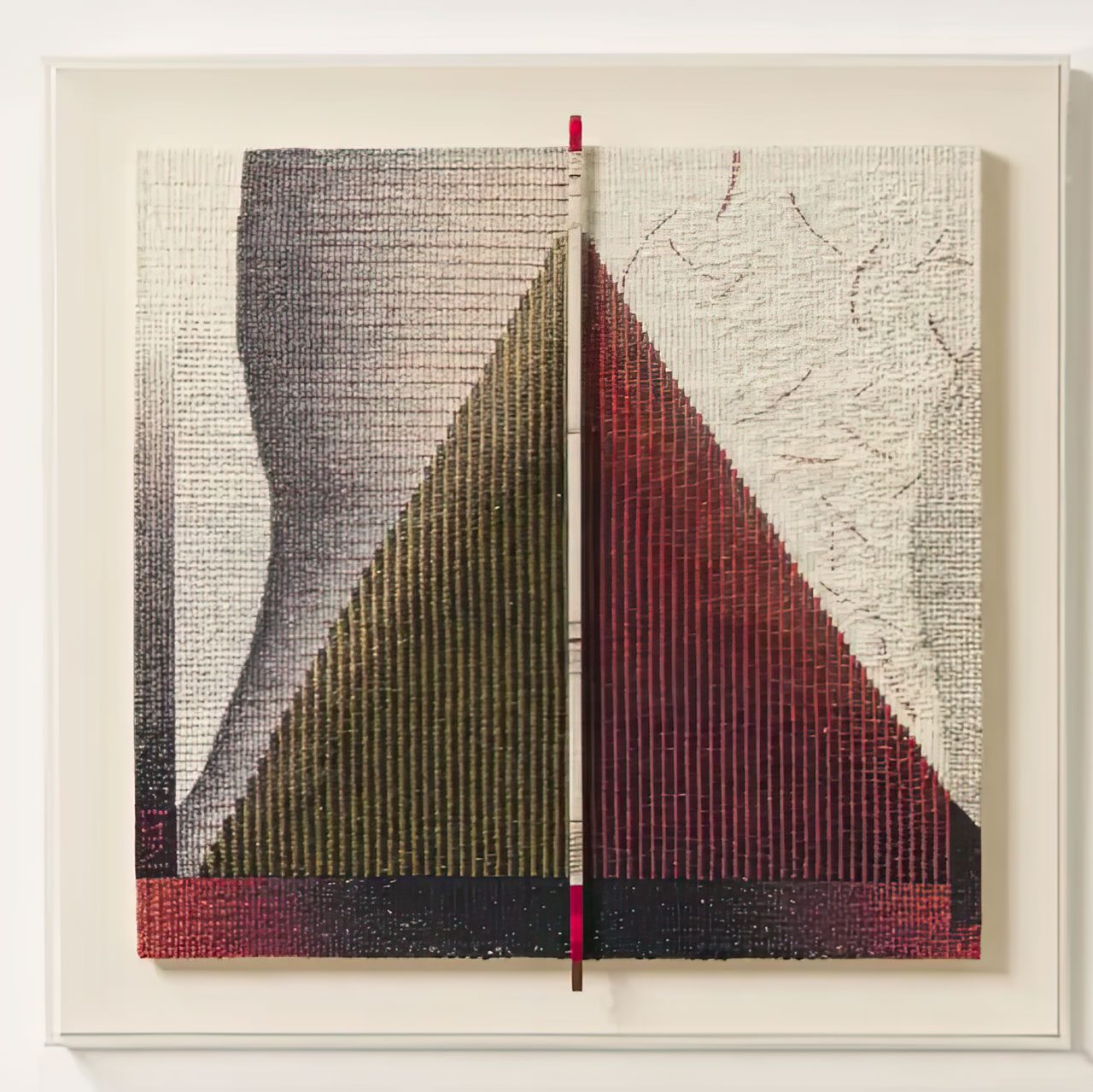PRESENTATION: Lee ShinJa-Weaving the Dawn
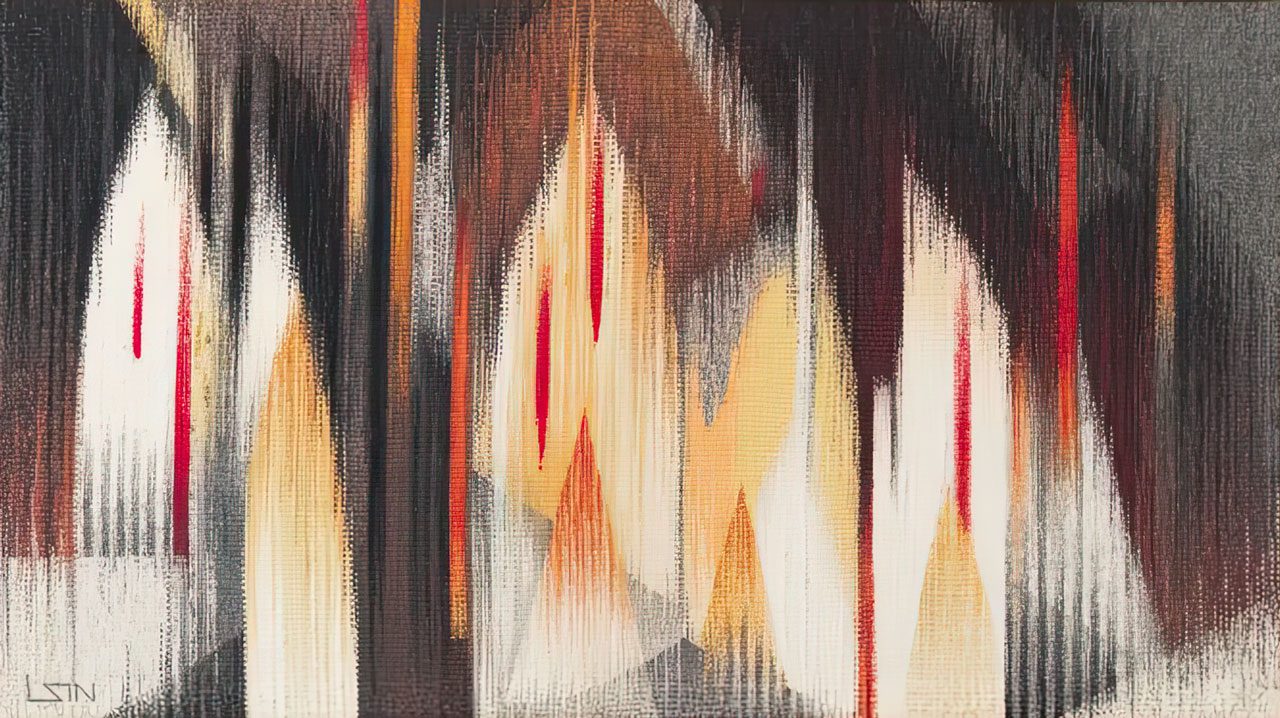 Lee ShinJa is a pioneering first-generation Korean fiber artist and educator. During the 1950s and ’60s, when working with thread and fabric was considered domestic labor, Lee broke new ground in the evolution of Korean craft. Against the conventions of traditional craft, she experimented with modern formal techniques, driving innovations in embroidery, dyeing, weaving, and tapestry to expand the breadth and depth of the genre, which at the time was still unestablished.
Lee ShinJa is a pioneering first-generation Korean fiber artist and educator. During the 1950s and ’60s, when working with thread and fabric was considered domestic labor, Lee broke new ground in the evolution of Korean craft. Against the conventions of traditional craft, she experimented with modern formal techniques, driving innovations in embroidery, dyeing, weaving, and tapestry to expand the breadth and depth of the genre, which at the time was still unestablished.
By Efi Michalarou
Photo: Tina Kim Gallery Archive
The exhibition “Weaving the Dawn” is dedicated to Lee ShinJa, a pioneering artist who is remembered in Korean art history for introducing the “tapestry” genre when the concept of “fiber art” was still unestablished in her native Korea and highlight Lee’s expansion of the material characteristics and aesthetic beauty of thread as a medium. The full breadth of her career, which spans more than half a century, is represented, from her avant- garde embroidered appliqué work from the 1960s to the more recent “Spirit of Mountain” series that pays homage to her hometown. Born in 1930 in Uljin, Korea, while the country was under Japanese colonial rule, Lee first encountered textiles through the women in her life. As a child, she played with her mother’s sewing rings, and watched her grandmother weave cloth for household use. In a 1977 conversation with critic Yoo Keun Joon, she remarked that it was natural for women to gravitate towards embroidery within the limited scope of applied arts at the time. Her innovative spirit can be felt early in her practice when she boldly integrated appliqué and dyeing into her embroidery. In Image of the City (1961), she unraveled the plain weave of the base fabric and twisted subtly colored threads to the loosened ones to create a structural tension previously unseen in traditional textiles. Meanwhile, “Portrait of My Daughter” (1962), modeled after her second daughter, broke formal embroidery conventions with its semi-abstract representation of a face and hands. Lee’s experimentation with technique and form reaches a crescendo in “Screen” (1979), which divides space by introducing thick cotton yarn to a deconstructed linen cloth. Lee’s avant-garde approach and subversion of the boundaries between craft and fine art, as well as traditional and modernist technique, received mixed reviews at the time. Some critics claimed that she was destroying the practice of Korean embroidery. Others hailed her as a comet in the craft world. In the 1970s, Lee fully embraced tapestry techniques, developing new dyeing methods and experimenting with unique materials such as bedding and wool sweaters sourced from secondhand markets. Her works from this period, such as “Sun and Moon I” (1973), feature geometric motifs, lyrical colors, and harmonious horizontal and vertical compositions, achieving a complete abstraction. In the 1980s, after visiting the 1970 Osaka Expo and the 1983 Lausanne International Tapestry Biennale, Lee gained the confidence to expand her textile forms into sculptural installations. During this decade, she also met and engaged with international artists like Magdalena Abakanowicz and Issey Miyake through textile exhibitions at the National Museum of Modern and Contemporary Art, Korea. Reflecting her remarkable dedication, Lee’s large-scale woven works became increasingly experimental, incorporating bold colors and extensive weaves. Despite her prolific output, she faced personal sorrow in 1982 with the passing of her husband, painter Chang Woon Sang. Amid this loss and the challenges of being a single parent, Lee discovered a profound passion for creation. From 1984 to 1993, she had three solo exhibitions with works expressing a resilient will for renewal stemming from the artist’s deep reverence for nature’s life- sustaining and cyclical forces. Pieces such as “Dawn”, “Legend”, and “The World is Beautiful” transform images of nature through abstraction: Their densely populated and meticulously layered threads evoke the sky, wind, sunlight, and ocean, suggesting a powerful vitality rising from the earth and a sense of coexistence, hope, and expansion. After her 1993 solo exhibition, Lee focused on further developing her abstract representations of nature in her “Spirit of Mountain” series. This body of work, which epitomizes her later practice, uses a variety of materials to portray dynamic mountain ranges through intricate diagonal structures. Since the 2000s, Lee’s work has highlighted sculptural abstraction and spatial depth by incorporating new materials such as wood and metal into her tapestries. While maintaining her characteristic color palette of red, yellow, black, and gray hues, she has introduced tonal contrasts, enhancing vertical and horizontal structures to create a more static composition. Her serene landscapes often feature rectangular shapes reminiscent of windows, drawing inspiration from traditional Korean houses, or hanok. Seen through these frames, Lee’s mountainous forms reflect her tranquil and humble vision of simultaneously observing and residing within nature. For her 1990s series “Spirit of Mountain”, Lee remarked, “The seascape I saw off the coast of Uljin as a child, and the spiritual energy brimming in the mountains I climbed while holding my father’s hand, were saturated with everything, from the sound of waves, to light, memories, love, and parting.” In these and other works, the artist has sought to capture the intrinsic order of nature and her longing for the landscape of her hometown. The metal frames in her later works serve as windows, offering abstract glimpses of nature. In 2023, the retrospective exhibition “Lee ShinJa: Threadscapes” was held at the National Museum of Modern and Contemporary Art (MMCA), Gwacheon, Korea, shedding new light on the world of a pioneer who opened up the possibilities of fiber art.
Photo: Lee Shinja, Image of Light, 1987, Wool thread; tapestry, 46 1/2 x 82 x 2 inches, 118.1 x 208.3 x 5.1 cm, © Lee Shinja, Courtesy the artist and Tina Kim Gallery
Info: Tina Kim Gallery, 525 West 21st Street, New York, NY, USA, Duration: 22/8-28/9/2024, Days & Hours: Tue-Sat 10:00-18:00, https://tinakimgallery.com/
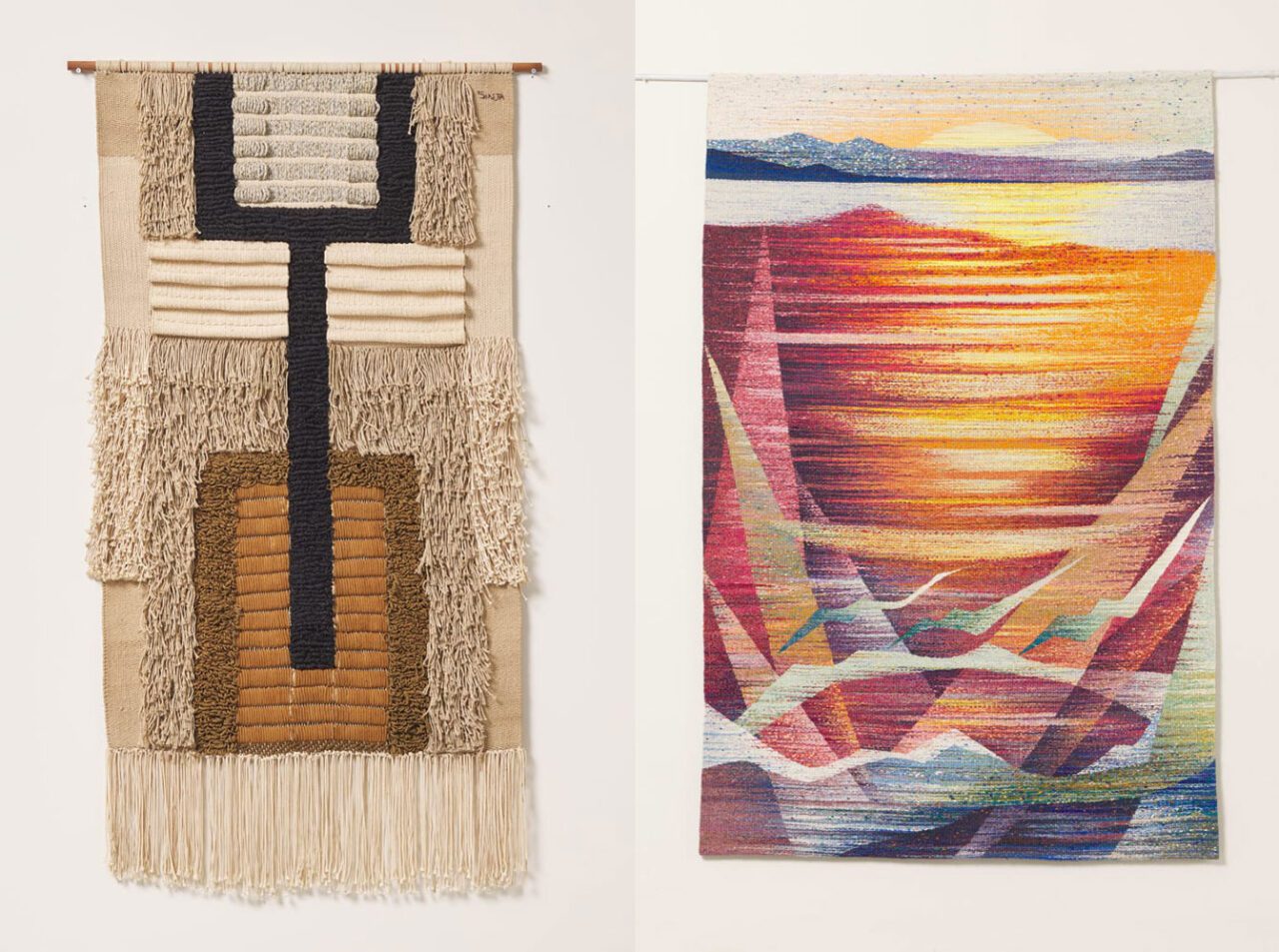
Right: Lee Shinja, Dawn, c. 1980s, Wool thread; tapestry, 88 5/8 x 57 1/8 inches, 225 x 145 cm, © Lee Shinja, Courtesy the artist and Tina Kim Gallery
